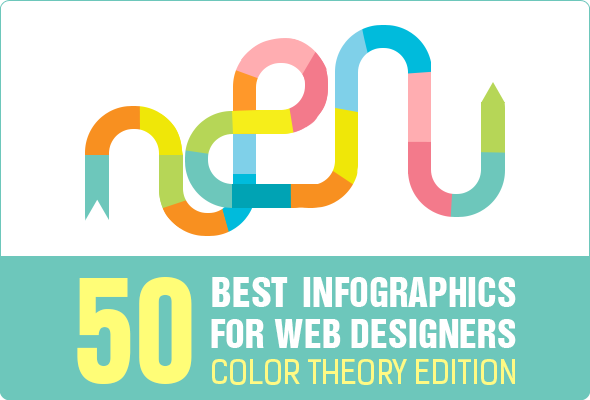Intrigued In Finding Out How Web Site Style Has Progressed For Many Years? Check Out The Journey From Simple Designs To User-Centered Approaches
Intrigued In Finding Out How Web Site Style Has Progressed For Many Years? Check Out The Journey From Simple Designs To User-Centered Approaches
Blog Article
Composed By-Pappas Stender
In the past, websites were basic and focused on details. Navigation was direct, and style was for desktops. Now, individual experience is vital. Information guides styles for easy navigating. Receptive formats suit different devices. Today, dark setting reduces strain, and minimalist food selections improve navigation. Interactive attributes involve individuals, and vibrant visuals stand apart. AI combination enhances interaction. See just how layout has actually evolved to enhance your on-line trip.
Very Early Days of Website Design
In the early days of website design, simplicity reigned supreme. Sites were basic, with minimal colors, typefaces, and designs. The emphasis got on offering details instead of fancy visuals. Users accessed the web through sluggish dial-up connections, so rate and performance were vital.
Navigating menus were straightforward, normally located on top or side of the page. Web sites were developed for desktop, as mobile surfing had not been yet widespread. Material was king, and designers prioritized simple readability over complex style aspects.
HTML was the main coding language utilized, and designers needed to work within its constraints. Computer animations and interactive features were marginal compared to today's standards. https://www.jumpfly.com/blog/8-foundational-seo-tips-for-a-better-2022/ were fixed, with little vibrant content or tailored individual experiences.
Increase of User-Focused Style
With the evolution of web site layout, a change towards user-focused layout principles has actually come to be significantly prominent. Today, creating web sites that focus on user experience is critical for engaging visitors and accomplishing business goals. User-focused design involves recognizing the requirements, preferences, and actions of your target market to tailor the site's layout, web content, and features appropriately.
Developers currently conduct thorough study, such as individual surveys and usability screening, to gather understandings and comments directly from users. This data-driven technique assists in producing instinctive navigation, clear calls-to-action, and aesthetically enticing user interfaces that reverberate with visitors. By putting the user at the center of the layout procedure, sites can supply an extra tailored and pleasurable experience.
Responsive layout has actually additionally emerged as a vital aspect of user-focused style, making certain that internet sites are enhanced for numerous tools and display dimensions. This versatility enhances ease of access and usability, satisfying the varied means users connect with websites today. Essentially, the increase of user-focused design symbolizes a shift in the direction of producing electronic experiences that focus on the demands and expectations of the end individual.
Modern Trends in Website Design
Discover the latest trends forming website design today. One famous pattern is dark setting style, providing a sleek and contemporary look while minimizing eye strain in low-light environments. Another key fad is minimal navigation, streamlining food selections and improving individual experience by concentrating on essential elements. Including micro-interactions, such as animated buttons or scrolling impacts, can develop an extra interesting and interactive internet site. Responsive style continues to be essential, making sure seamless individual experiences throughout various tools. In addition, utilizing bold typography and asymmetrical formats can include visual rate of interest and accentuate certain material.
Incorporating AI modern technology, like chatbots for customer assistance or customized recommendations, improves user interaction and streamlines procedures. Accessibility has also come to be a significant fad, with designers focusing on comprehensive design methods to cater to diverse customer demands. Welcoming sustainability by optimizing website efficiency for speed and efficiency is another emerging trend in web design. Collaborating with customer responses and information analytics to repeat and improve layout continually is crucial for remaining pertinent in the ever-evolving digital landscape. By accepting these modern trends, you can develop an aesthetically appealing, user-friendly site that resonates with your audience.
Final thought
As you assess the development of site layout from the early days to currently, you can see how user-focused design has become the driving pressure behind contemporary patterns.
Accept the journey of change and adaptation in web design, always maintaining the user experience at the forefront.
Tippingpointdigital
Stay present with the latest trends and modern technologies, and never quit developing your technique to create aesthetically stunning and straightforward web sites.
Progress, adapt, and produce - the future of web design remains in your hands.
